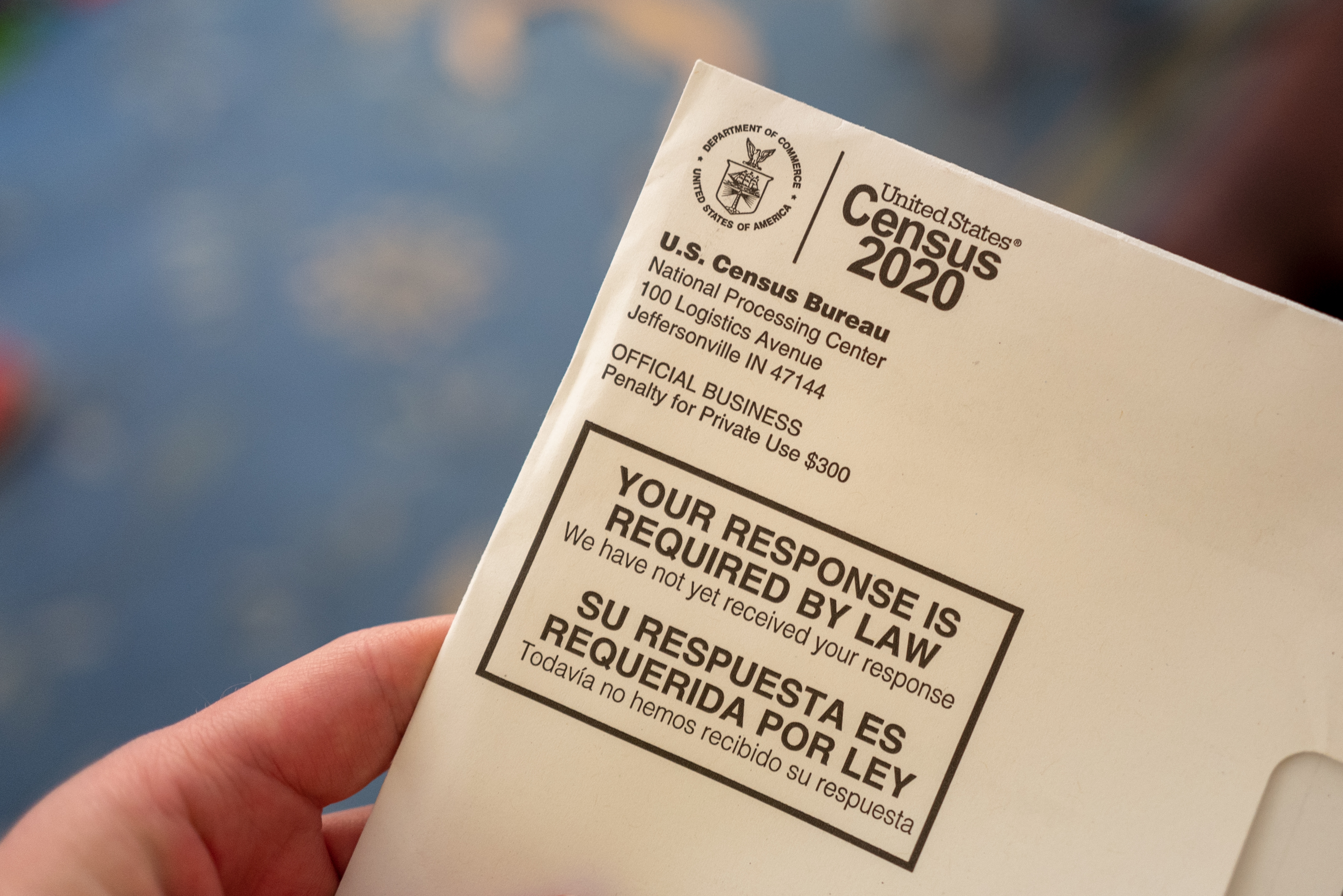The day after New York learned that it is set to lose a seat in Congress after coming up 89 people short, state residents and politicians are trying to place blame and figure out how that could have happened.
Due to the 2020 U.S. Census results, New York will go from having 27 members in the House of Representatives, down to 26 in 2023. While many who live in the state — and said they filled out their census papers — looked at those who neglected to do so, calling them "lazy" and "not informed," lawmakers pinned the blame on each other.
"I don't feel so good about the state, I think the state could have done more," said New York City Mayor Bill de Blasio, a frequent critic of Gov. Andrew Cuomo. For his part, Cuomo said that there was a lot going on a the time, alluding to the pandemic and shutdown, but also said part of it may be due to "undocumented people who were nervous to come forward," fearing ICE raids during the Trump presidency.
Get Tri-state area news and weather forecasts to your inbox. Sign up for NBC New York newsletters.
The governor said Tuesday that he had not ruled out challenging the decision, saying they are looking at their legal options for a potential recount.
"When you look at 89, that could be a minor mistake in counting, right?" he asked.
Others put the blame on de Blasio. Mayoral candidate Shaun Donovan blamed the current mayor's incompetence, adding that instead of counting votes during his failed presidential bid, he should have been counting New Yorkers at home. De Blasio called the criticism "preposterous," and that the census-taking was being conducted "long after I was doing anything on the national level."
State Sen. Michael Gianaris is chair of New York's redistricting task force, a process that begins with a 10-member independent commission that will try to find agreement on how to draw new district lines. It is not clear yet which district will be eliminated.
"It all depends on where he population grew and where the population shrunk," Gianaris said.
The redistricting process will likely happen later 2021 or early 2022, once more census data is released.



